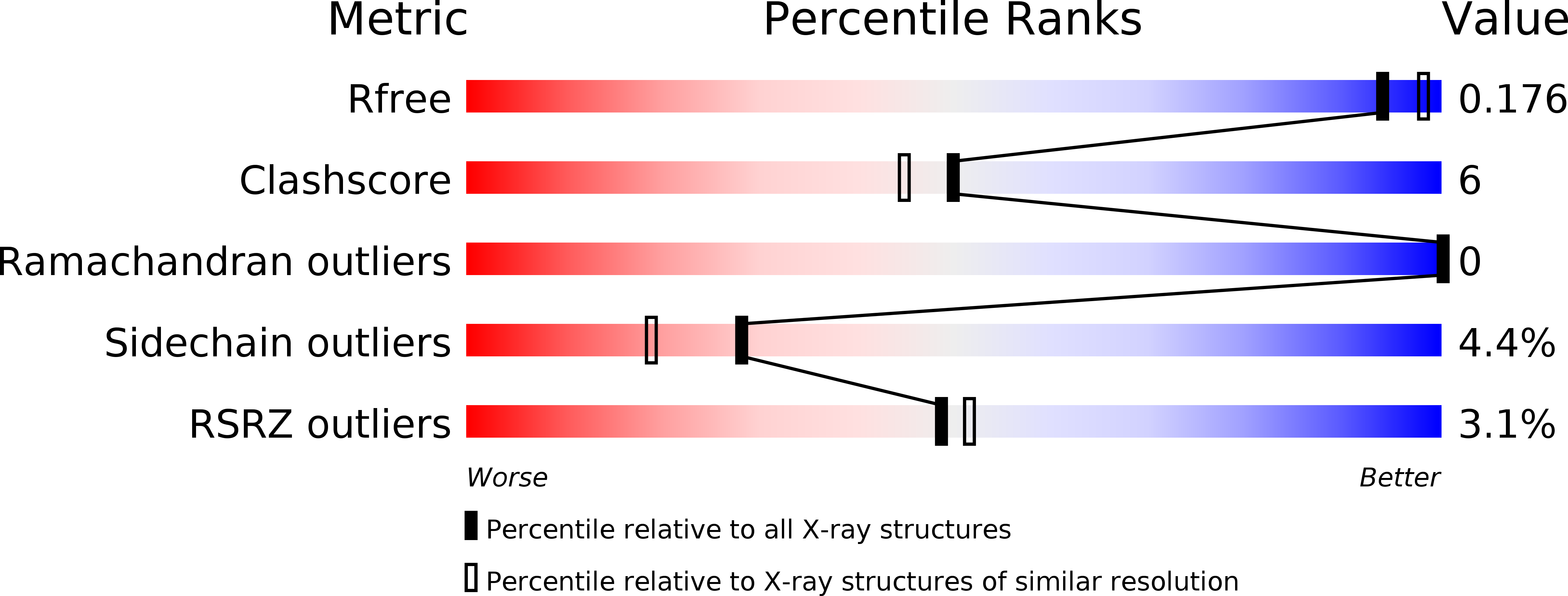
Deposition Date
2016-10-15
Release Date
2017-10-25
Last Version Date
2024-01-17
Method Details:
Experimental Method:
Resolution:
1.90 Å
R-Value Free:
0.17
R-Value Work:
0.15
R-Value Observed:
0.15
Space Group:
H 3


